In a major leap toward smart policing, the Gurgaon Police has deployed an AI-enabled traffic monitoring system that automatically detects violations, analyses congestion, and dispatches digital challans in real time. Integrated with CCTV grids, vehicle registration databases, and the National Crime Records Bureau (NCRB), the system aims to reduce human intervention, improve road safety, and build data-driven enforcement efficiency across the city’s busiest corridors.
Full Article (≈ 2,900 words)
Gurgaon, October 23 —
The chaotic intersections of Cyber City and Sohna Road may soon see order — not through whistles and hand gestures, but through algorithms and analytics.
The Gurgaon Police, in collaboration with the Municipal Corporation of Gurugram (MCG) and Tech Mahindra, has launched an AI-based traffic monitoring network, touted as one of the most advanced in North India.
At its core, the system combines computer vision, machine learning, and real-time data integration to detect violations such as overspeeding, signal jumping, wrong-lane driving, and helmet non-compliance — all without a single police officer at the spot.
“This is not just surveillance. It’s smart governance,” said Police Commissioner Vikas Arora during the inauguration.
“We’re replacing subjective judgment with objective data.”
1. The System Behind the Screens
Developed under the Smart City Mission, the AI Traffic Monitoring System (AIMS) connects:
- 1,200 high-definition cameras,
- 65 automatic number plate recognition (ANPR) units, and
- 20 smart variable message boards (VMBs) across key intersections.
Each camera feeds into the Integrated Command and Control Centre (ICCC) at Sector 44, where a bank of 40 screens displays real-time feeds analysed by AI.
When a violation is detected, the AI cross-checks vehicle registration data with the Vahan database, verifies location, and issues a digital challan automatically through the Haryana Police server.
“The system is designed to eliminate human bias,” said ACP (Traffic) Mamta Kharb.
“If you jump a red light at 2 a.m., the camera doesn’t sleep — and neither does the algorithm.”
2. The Problem It Seeks to Solve
Gurgaon records over 1,100 road accidents annually, claiming an average of 350 lives each year, according to Haryana Road Safety Authority data.
Despite a large police presence, enforcement often struggles with limited manpower, especially during peak hours.
In 2024 alone:
- 22,000 overspeeding challans were issued,
- 17% of crashes involved wrong-lane driving, and
- 8% of fatalities occurred near U-turns and construction zones.
Officials hope the new system will not only detect violations but also predict risk zones based on AI pattern analysis.
“If five red-light jumps happen in a week at one junction, it’s no longer coincidence — it’s a design flaw,” said Joint Commissioner (Traffic) Deepak Saharan.
3. How the AI Works
The technology uses deep-learning models trained on millions of local video frames.
It can:
- Track multiple vehicles simultaneously,
- Classify by vehicle type (two-wheeler, car, heavy truck),
- Recognise number plates under poor light or rain,
- Detect helmet usage, seatbelt compliance, and lane behaviour,
- Flag suspicious parked vehicles in real time.
AIMS also generates heat maps to visualise congestion patterns and automatically adjusts traffic signal timings to improve flow — a first for Gurgaon.
“The algorithm learns from chaos,” said Arvind Bhatnagar, Tech Mahindra’s AI Program Head.
“Each day it gets smarter — because every vehicle teaches it something.”
4. Digital Challans and Transparency
Once a violation is detected, a digital evidence package (video clip + time stamp + GPS coordinates) is sent to the registered vehicle owner via SMS and email.
Offenders can verify details, pay online, or contest through the e-Challan portal.
To prevent errors, the AI’s detection accuracy is manually audited every 24 hours by a five-member verification team.
“We want enforcement to be firm but fair,” said DCP (Traffic) Virender Vij.
“Transparency builds compliance faster than fear.”
5. Citizens React: Curiosity, Compliance, and Caution
While many residents welcomed the upgrade, some expressed concerns about privacy and algorithmic accuracy.
“It’s great if it reduces reckless driving,” said Neha Sharma, a Sector 56 resident.
“But we hope there are safeguards — what if AI misreads a number plate?”
Tech experts assure that data anonymisation protocols are in place.
The system deletes non-violation footage within 72 hours and encrypts all transmitted files under ISO 27001 standards.
“Data privacy is baked into the design,” said S. Sridhar, MCG Smart Infrastructure Head.
“We comply with both India’s Digital Data Protection Act and Smart City security norms.”
6. AI Meets Human Insight
Despite automation, Gurgaon Police insists human oversight remains essential.
AI acts as the first filter; final prosecution approval comes from trained personnel.
“AI cannot interpret context,” said Inspector Jagbir Singh, a traffic veteran.
“If an ambulance breaks a signal, we override the flag. That’s the human element.”
This hybrid model, experts say, may become the blueprint for AI governance in India — a balance between efficiency and empathy.
7. Cost and Coverage
The ₹87 crore project was jointly funded by:
- Haryana Urban Development Authority (HUDA) – 40%
- MCG Smart City Fund – 35%
- Corporate CSR contributions – 25%
Phase-I covers NH-48, Golf Course Road, MG Road, and Sohna Road.
Phase-II (slated for March 2026) will extend coverage to Dwarka Expressway, Manesar, and Old Gurgaon industrial belt.
8. Comparison with Other Cities
While Delhi pioneered e-challaning, Gurgaon’s system is more advanced — featuring AI predictive analytics and automatic congestion alerts.
Chandigarh, Pune, and Hyderabad have also begun similar pilots, but Gurgaon’s integration with ICCC dashboards and cloud infrastructure places it among the top tier of AI-governed cities in India.
“This isn’t imitation — it’s iteration,” said Professor Manish Gupta, IIT Delhi’s AI researcher.
“Gurgaon’s model uses contextual data for local behaviour — that’s innovation.”
9. Environmental Benefits
The AI system indirectly helps reduce vehicular emissions by:
- Shortening idle times at signals,
- Cutting unnecessary congestion, and
- Detecting polluting vehicles via number plate linkage to emission databases.
A joint pilot with Haryana State Pollution Control Board will soon begin automated alerts for vehicles violating PUC (Pollution Under Control) norms.
“Traffic AI is the invisible hand of sustainability,” said Dr. Vandana Aggarwal, environmental economist.
10. Challenges Ahead
Experts caution that technology is only as effective as its enforcement ecosystem.
Key challenges include:
- Data overload: AI may generate thousands of alerts daily, demanding manpower to validate.
- System downtime: Power cuts and network issues could disrupt real-time tracking.
- Public trust: Ensuring citizens don’t see the system as punitive surveillance.
“Transparency is the oxygen of smart policing,” said Raman Jit Kaur, Digital Governance consultant.
“Regular public dashboards can build trust.”
11. Training and Adaptation
Over 500 traffic police personnel have undergone AI and digital operations training, including system calibration, evidence verification, and cyber hygiene.
“We’re turning constables into data officers,” said ACP (Training) Rajesh Malik.
“The next generation of policing is not just about uniforms — it’s about user interfaces.”
12. Accident Data and Predictive Policing
One of the most ambitious aspects of the project is AI-led predictive analytics.
The system studies accident data over five years to forecast potential danger zones and suggest engineering fixes like speed bumps, signage, or lighting improvements.
Preliminary data shows Sikanderpur Flyover and IFFCO Chowk as two of the city’s highest-risk points.
A pilot project has begun with the Gurgaon Metropolitan Development Authority (GMDA) to redesign intersections based on AI feedback.
13. Citizen Partnership: Digital Policing App
The initiative extends to citizens through the Gurgaon Traffic AI App, where users can:
- Report traffic violations with photo/video,
- Check challan status,
- Get live congestion maps, and
- Receive route alerts during major events.
Within two weeks of soft launch, the app saw 35,000 downloads and over 6,500 citizen submissions.
“It’s crowdsourced vigilance,” said DCP Vij.
“Every citizen becomes a sensor.”
14. Voices from Civil Society
Civil society organisations have largely praised the system but demanded independent audits of its AI algorithms.
Groups like Internet Freedom Foundation (IFF) and Common Cause India have urged the government to release accuracy and bias reports every quarter.
“AI should serve democracy, not dominate it,” said Anirudh Bansal, digital rights advocate.
“Algorithmic transparency must match legal accountability.”
Officials have indicated willingness to share performance metrics with the public after three months of stable operation.
15. A Step Toward AI Governance
The Gurgaon initiative reflects India’s broader experiment with AI governance at the municipal level.
From sanitation monitoring to healthcare analytics, cities are slowly turning into data-driven ecosystems.
Gurgaon’s model integrates smart enforcement, citizen participation, and privacy compliance, offering a practical template for other urban centres.
“This isn’t the future — it’s the present, visible in real time,” said Smart City Mission Director Dr. Shaleen Singh.
“When algorithms make roads safer, technology becomes human.”
16. Lessons from the Field
In the first week of operation:
- 4,232 challans were issued automatically.
- Red-light violations dropped by 22% at key junctions.
- Average signal wait times decreased by 18 seconds.
The police also recorded a 30% reduction in minor accidents along the NH-48 corridor.
“This is data-backed discipline,” said Commissioner Arora.
“We want citizens to feel watched over, not watched.”
17. The Global Context
Cities like Singapore, Seoul, and Amsterdam already employ AI-integrated traffic systems with success — reducing fatalities by up to 40%.
Urban planners see Gurgaon’s move as part of India’s ambition to join that global club.
“From chaos to code — that’s the journey of Indian cities,” said urban futurist Rohit Talwar.
“Gurgaon just accelerated the timeline.”
18. The Ethical Debate
While officials celebrate efficiency, ethicists caution against overreach.
Questions remain about long-term data retention, facial recognition expansion, and algorithmic bias.
“Technology can’t become a substitute for justice,” warned Justice (Retd.) Srikrishna, architect of India’s data protection framework.
“Safeguards must evolve faster than systems.”
19. What Residents Can Expect Next
In the coming months:
- Speed analytics will be integrated with Google Maps for route advisories.
- Drone-based traffic mapping will monitor festival congestion.
- Emergency corridors will be automated to clear routes for ambulances using signal pre-emption technology.
By early 2026, Gurgaon aims to achieve a 30% reduction in road fatalities, aligning with the UN’s Vision Zero campaign.
20. Conclusion: When AI Becomes the Traffic Cop
Gurgaon’s streets have always symbolised India’s urban contradictions — wealth and chaos, speed and risk.
Now, with AI entering the fray, the city stands at the crossroads of innovation and introspection.
If technology can make traffic humane and governance data-driven, Gurgaon might just turn its daily gridlock into a global case study.
“Every green light now tells a story,” said a smiling constable near IFFCO Chowk.
“And this time, the story is written by code.”
#GurgaonPolice #AITrafficSystem #SmartCity #RoadSafety #DigitalIndia #AIinGovernance #SarhindTimes
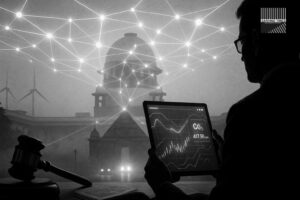
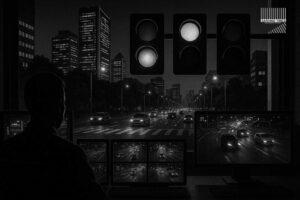



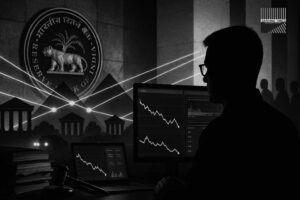
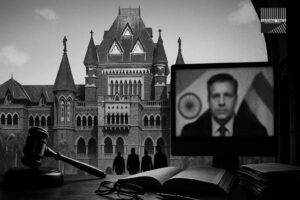





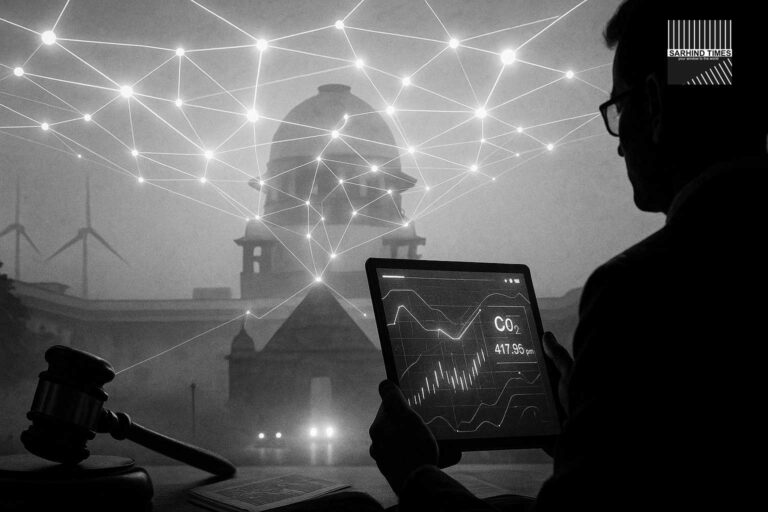
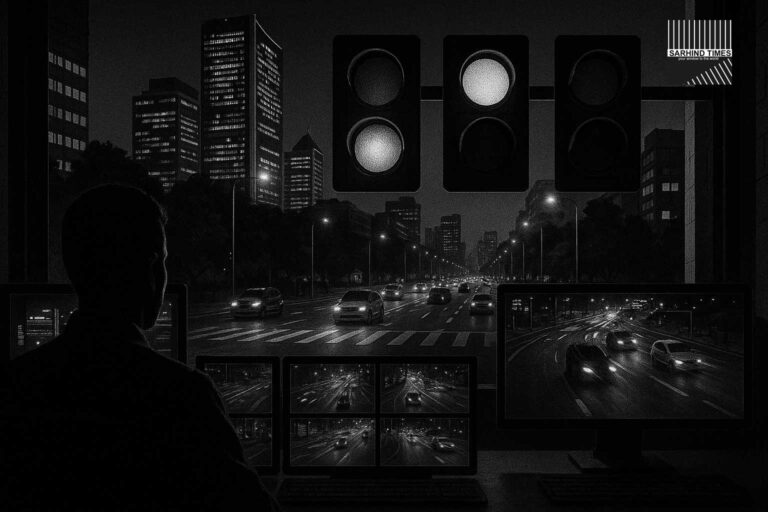
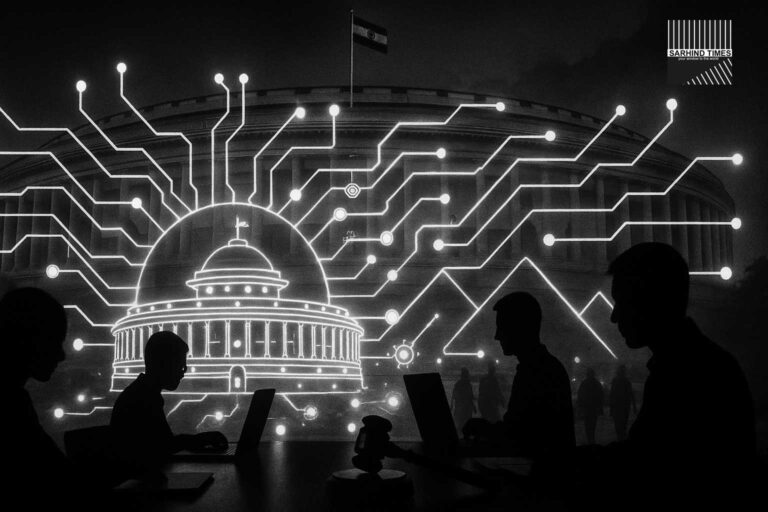
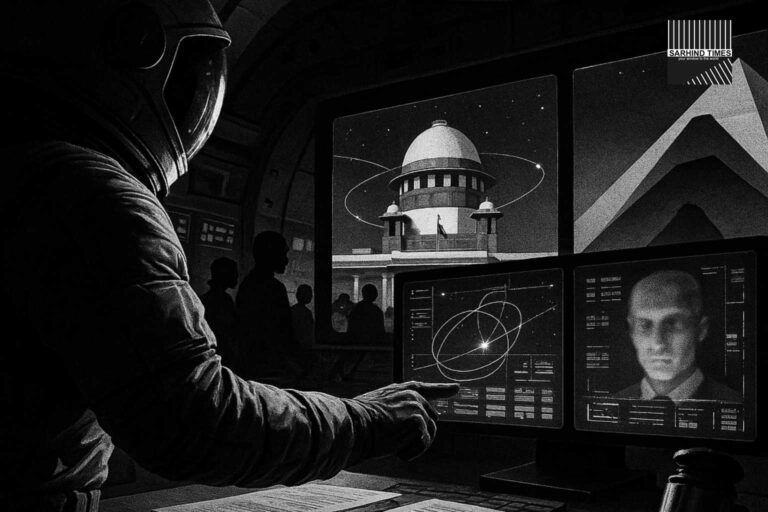

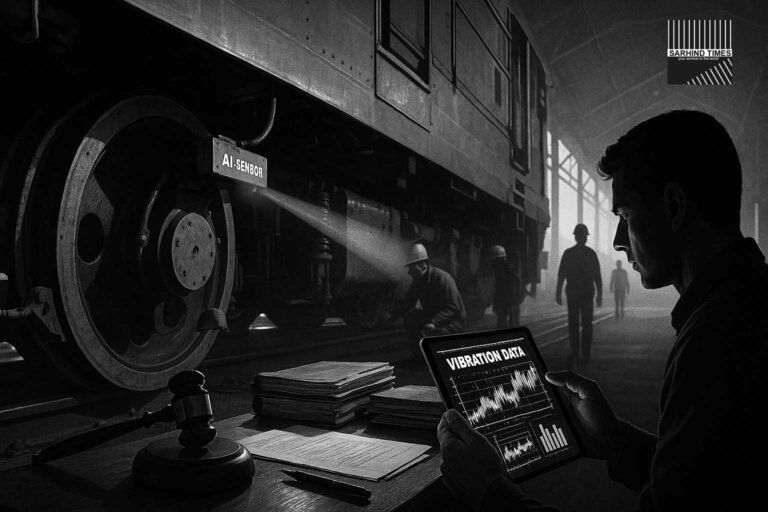
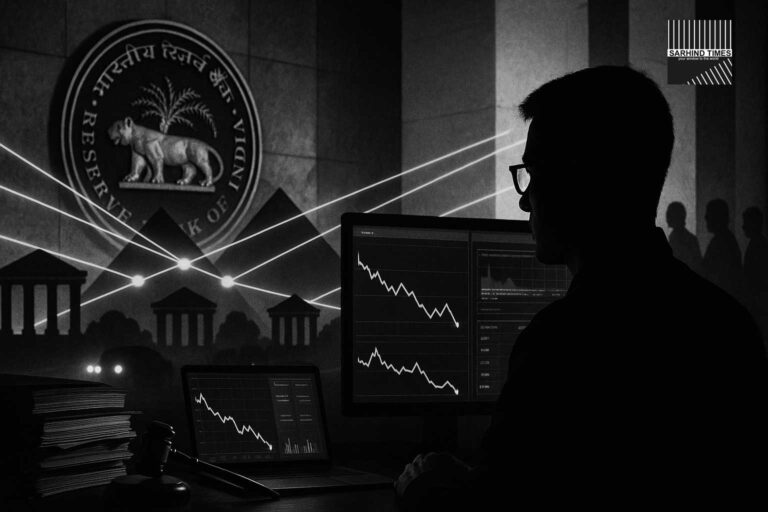
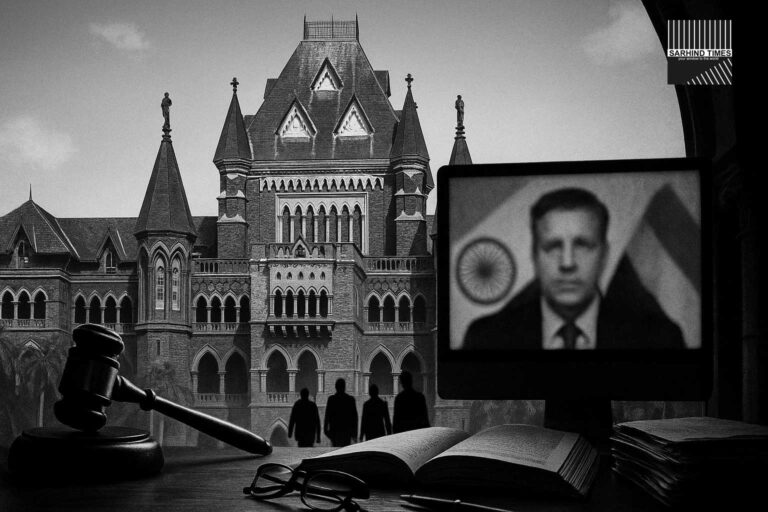

+ There are no comments
Add yours